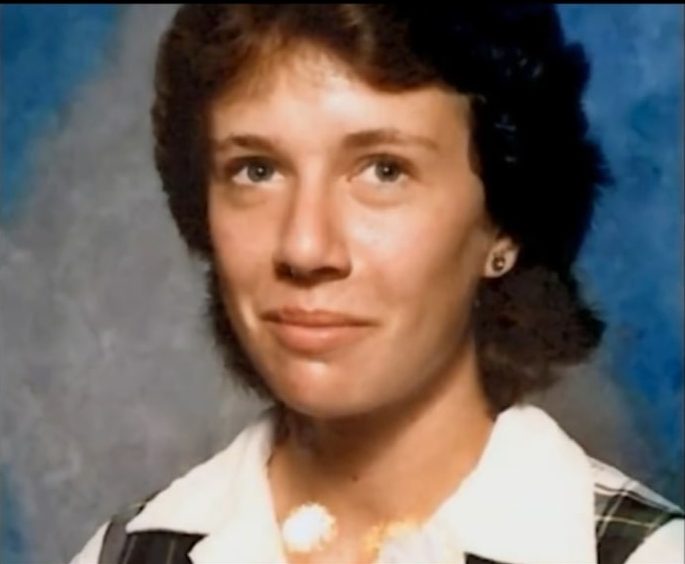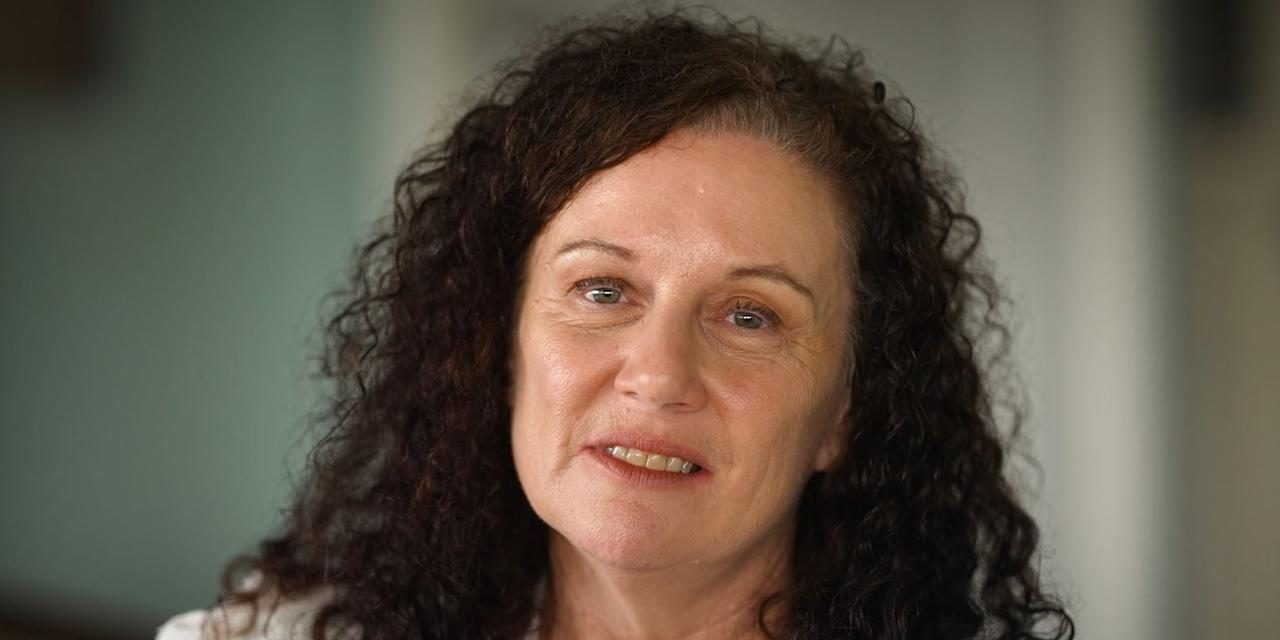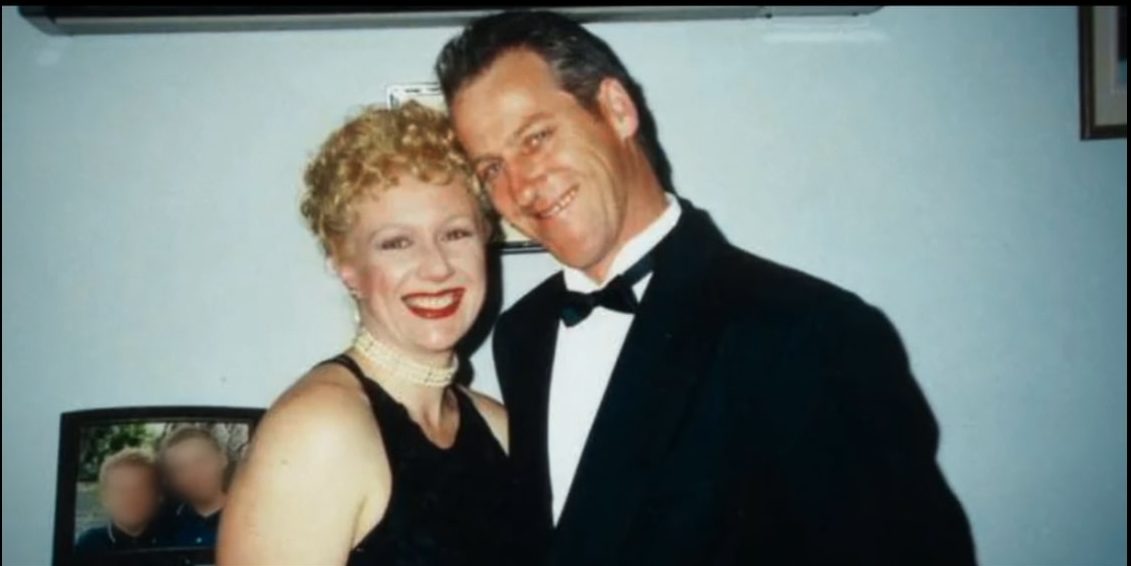Kathleen “Kathy” Folbigg married at the young age of 17 and soon became a mother to a baby boy in 1989. Sadly, the infant passed away just 19 days after birth. Despite their grief, the couple attempted to have three more children, all of whom died in infancy due to various causes. Suspicions arose when Kathy’s husband discovered a diary containing entries about the children’s deaths, leading to her arrest and subsequent charge with the murder of all four of her children. Discovery+’s ‘The Baby Killer Conspiracy,’ which was released in 2021, documents the biases surrounding Kathy’s case and details her legal battle to establish her innocence.
Kathy Folbigg was Accused of Killing Her Four Infant Children
Kathleen Folbigg was born on January 8, 1969, to Thomas John Britton and Kathleen Donovan in Sydney, Australia. Referred to as Kathy by her close ones, she did not have an easy childhood. Allegedly, both of her parents struggled with alcoholism, and when she was only 18 months old, her parents separated. Shortly after, her father reportedly murdered her mother, stabbing her 28 times. Subsequently, her father was incarcerated, leaving Kathy without immediate family. As a result, she became a ward of the state and was eventually placed in foster care. Raised by her foster parents in Newcastle, Australia, Kathy attended Katora High School, where she was quite popular and made numerous friends.

Despite her strict upbringing, her friends noted that her foster parents provided her with a stable home environment. At 16 years old, Kathy learned that she had never been formally adopted by her foster parents, leaving her feeling abandoned and as if her entire life had been built on falsehoods. Consequently, she dropped out of high school. In 1987, Kathy met Craig Folbigg, whom she married shortly afterward.
On February 1, 1989, Kathy and Craig welcomed their first child, whom they named Caleb. However, Caleb faced health challenges from the start, as he breathed heavily due to a condition known as floppy larynx or laryngomalacia. Doctors assured the parents that Caleb’s condition would improve as he grew older. On February 19, when Caleb was just 19 days old, Kathy went to his room for feeding at around 2 am only to find him lifeless. The cause of death was attributed to Sudden Infant Death Syndrome (SIDS), leaving both Kathy and Craig devastated.
In their efforts to cope with the grief of losing Caleb, the couple decided to have another child and welcomed their second son, Patrick, into their lives on June 3, 1990. However, tragedy struck again when, at just four months old in October 1990, Kathy discovered Patrick not breathing. Emergency medical assistance revived him, but he was diagnosed with epilepsy and cortical blindness. Sadly, four months later, in February 1991, after enduring seizures, Patrick also passed away.
To rebuild their lives, Kathy and Craig relocated to Thornton, where they welcomed their third child, a daughter named Sarah, on October 14, 1992. In August 1993, Sarah was found deceased by Kathy. Her death was attributed to SIDS. Despite their grief, the couple persevered, and in 1996, they moved to Singleton, Australia. Determined to expand their family, they welcomed their fourth child, Laura, on August 7, 1997. As Laura reached her first birthday, the couple celebrated with a grand and extravagant party, seemingly enjoying a period of stability.

On February 7, 1999, Laura suddenly collapsed and Kathy immediately called for emergency assistance. Despite efforts to resuscitate her, Laura passed away. However, the autopsy failed to determine a definitive cause of death. Although Laura had been diagnosed with myocarditis, it was deemed insufficient to explain her sudden demise. Suspicion began to fall on Kathy and Craig as authorities found the pattern of four unexplained deaths within one family highly unusual.
Around this juncture, Craig turned over Kathy’s diary to the authorities, expressing his suspicions about its contents. Although Kathy had never confessed to any wrongdoing, the diary contained entries where she expressed self-blame for her children’s deaths. In one passage, she lamented Sarah’s behavior as frustrating and called herself her father’s daughter. Despite the absence of tangible evidence linking her to the deaths, Kathy was arrested by police in April 2001, and charged with the murder of her four children.
Kathy Folbigg is a Free Woman Today
Kathleen “Kathy” Folbigg’s trial commenced in 2003, resulting in her conviction on three counts of murder, one count of manslaughter, and one count of maliciously inflicting grievous bodily harm. She received a 40-year sentence with the possibility of parole after 30 years. Following an appeal in February 2005, her sentence was lessened to 30 years, with a minimum term of 25 years behind bars. Kathy remained incarcerated until 2013 when a team of lawyers from Newcastle began to show interest in her case.

Following consultations with medical experts, a report was prepared suggesting that each of Kathy Folbigg’s children had underlying conditions that could account for their deaths. In 2015, her legal team filed a petition based on this information, leading the New South Wales Attorney-General to promise an inquiry into her conviction. Further support came from immunologists who identified a genetic mutation in Kathy that increased her children’s susceptibility to heat-related illnesses. Despite these findings, the inquiry concluded in 2019 with Kathy’s sentence being upheld.
Despite facing setbacks, Kathy Folbigg’s legal team persisted in their efforts, calling for a review of the inquiry. In May 2022, another inquiry was initiated, and in June 2023, utilizing the royal prerogative of mercy, she was released from prison. Following this, she filed an appeal to clear her name, which was successful in December 2023 when the Court of Criminal Appeal determined that there was reasonable doubt of her guilt. As of 2023, Kathy is staying with a friend on a private farm in New South Wales, readjusting to life outside prison and acquainting herself with the technological advancements she missed during her time behind bars. Supported by friends and loved ones, she is gradually adapting to her newfound freedom.
Read More: Michael Usry Jr: Where is the Falsely Accused Now?


You must be logged in to post a comment.